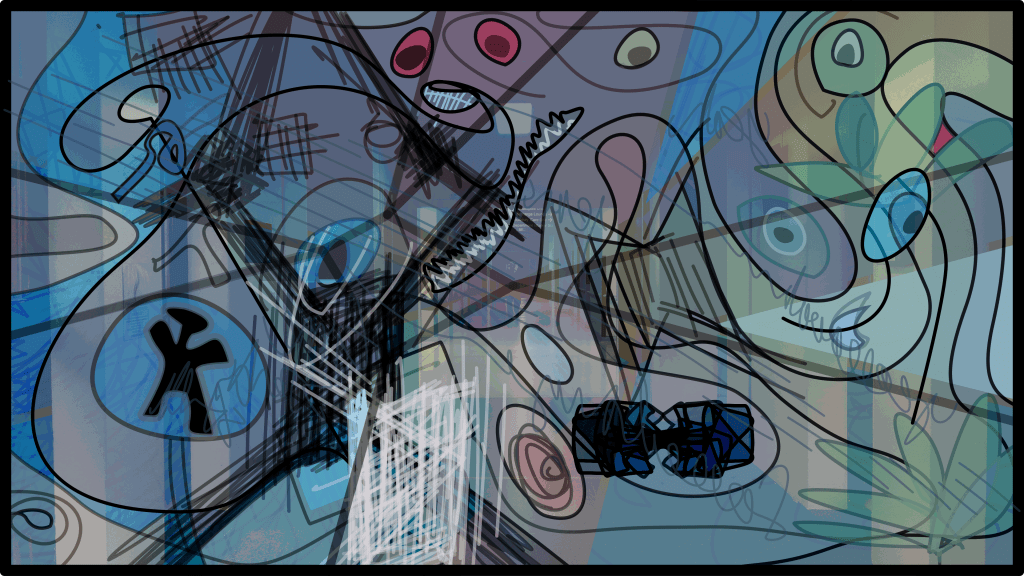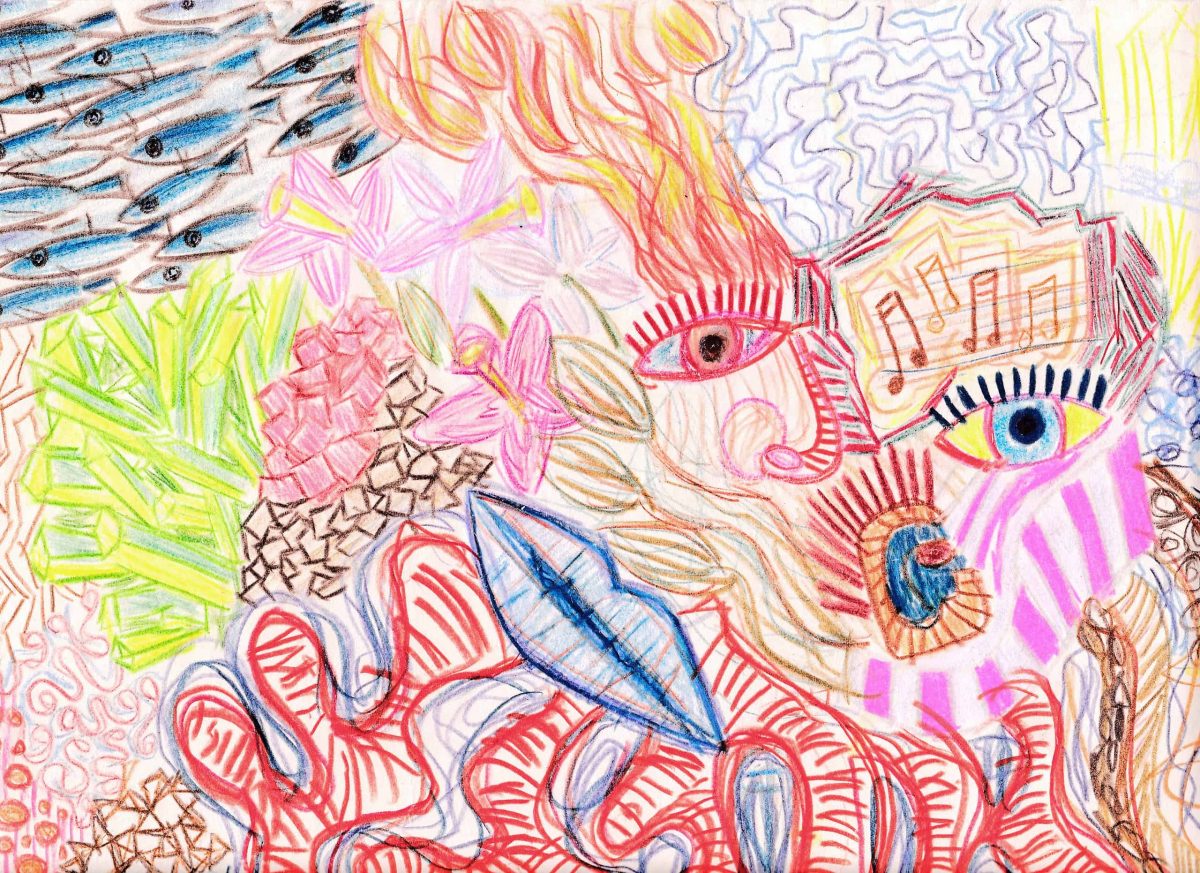
I had an appointment with a mental health worker the day before my admission to the psych ward.
The reason I was there in the first place was that I had asked my GP about it. I wanted more frequent visits with a mental health professional. A counsellor or something. Someone like Deanna Troi. Someone nice that I could talk to about my innermost feelings. Because it helps to get things off your chest. It helps to talk.
They say you shouldn’t let your skeletons out of the closet. Suicide is still a very taboo subject, so I thought long and hard about posting this. In the end, I decided to hit ‘publish’.
But I also wanted to speak with a psychiatrist directly in order to check up on my medication. Because they are the experts and I didn’t think Cymbalta was working properly. So I had asked my GP to see a psychiatrist. She in turn had offered to provide a referral, I had said “I would like that very much” and she obliged. Good. Finally I was getting somewhere.
I called them to make the appointment. I thought I would get to speak with a psychiatrist straight away. I don’t know if the person I spoke to first was a community health worker or an occupational therapist. She told me “it doesn’t work that way”, that “there’s a screening process”. I would get to see her three times first, and if approved, only then I would get to see a psychiatrist. This was the first visit.
After 45 minutes of answering questions, I still didn’t know if I qualified or not. Apparently psychiatrists are in short supply in regional areas (they even fly in from Sydney to do mental health assessments and then fly out a few hours later). Interesting.
They asked me whether I had any suicidal thoughts and I said yes. Why lie?
Previously I only ever had fleeting thoughts which is fairly normal I think. Personally I consider suicide the last and least desirable option. But it still is an option and it should be my right to that option if I so choose.
The next question is always “Do you have a plan?”. I didn’t think I did. Not really. I said I didn’t have a time or a place (yet… it was always pretty vague).
She delved deeper. I had eliminated some suicide methods like slashing my wrists (I hate the sight of blood), shooting myself (too much mess) or jumping off a cliff (about one year ago I had walked to the edge of a cliff to suss that out). And I had told them about that too.
No. For me, I was looking at just taking loads of sleeping pills, to send me off into a neverending blissful sleep.
But for my weight, the lethal dosage, the LD50 it’s called because there is a 50% survival rate, is something like 200 to 2000 tablets! I didn’t have enough. And I told them that, too. She went to say something and stopped herself. I think she didn’t want to give me any ideas.
I told her that I didn’t want to destroy my kidneys or my liver by taking too many pills. Plus that was not the right way. Not effective enough.
Well in case you are wondering, I read that overdosing just fucks up your kidneys/liver and cause great agony in the process. Meaning you just don’t die in your sleep, chances are that you wake up choking on your own vomit, have a heart attack or respiratory failure / asphyxiation, none of which sounds pleasant. I didn’t want that. Doing that would add to my problems.
I had also told her that I had imagined holding a gun to my head and testing how far I could pull the trigger (I don’t know how far you need to pull the trigger, I’ve never even held a gun). I had told her I don’t like guns, but that it was lucky I didn’t own a gun because I might have already tested it out. I had imagined my dead body lying on the floor.
One of the last things she asked me about was what (if anything) makes me happy. I told her about my dog. She turned to her computer and said to me “just keep an eye on that dog”. My dog is what is called a “protective factor”. If something were to happen to that dog, I would not be in a good frame of mind. Who knows what might have happened if that had occurred? I dread to think.
That same night I started to actively ‘research’ it. Personally, I wouldn’t consider a few google searches and reading half a dozen websites true ‘research’, but there you go. Later on, I was dwelling on it for hours on end in bed when I should be sleeping. I looked back upon my browsing history just now and it appears I typed into google “easiest overdoses“. Not good.
I was landing on pages like this one. And this one. And this one. And this one. My background is scientific research and to me this was nothing. This wasn’t even ‘research’, it was just me sussing things out. I read them all.
See, what I was thinking about wasn’t going to be a suicide attempt. It was not to “attract attention” as you might be thinking. No. I had actively researched the most effective and efficient suicide methods. I had typed into google things like “easiest overdoses“. I had ignored the special little google window that pops up in first place and says:
Need help? Australia:
13 11 14
Lifeline Australia
Hours: 24 hours, 7 days a week
Languages: English
Website: https://www.lifeline.org.au
I don’t know why but I wasn’t going to call Lifeine until I was ready to actually go through with something. That’s what I was waiting for, the last moment. Only then would I call. Why waste people’s valuable time?
All I can say is that if you have lingering suicidal thoughts you shouldn’t wait that long, because by then the chances are that you may go through with it (and unfortunately lots of people do). Besides, what happens if you are waiting for that one conversation to stop you and then your phone dies for whatever reason? Luckily for me I had professional help long before any actual suicide attempt. I personally think I was about one to three months away (assuming my situation worsened).
She called me the next day just after midday (I was asleep). She actually asked if I was asleep and I said ‘yes’. That never looks good. Had a brief chat with her. She asked if I had any more suicidal thoughts and I told her that I had thought about it for a few hours. I could tell she was a bit annoyed because she said: “why didn’t you call the number I gave you?”. I honestly don’t remember how I responded to that question.
At that point, she suggested a voluntary admission into the local hospital. I asserted that I didn’t want my freedom taken away from me (like I told her being with my dog makes me happy, plus a couple of other things but not that many to be honest). I said I needed to post something first. She said “can someone else post it for you?”. I said “yes, probably”. That was when she said “mate, you’re actively researching it, you have a plan, you need to get yourself to a hospital”. So she eventually/ultimately talked me into it.
She just said to gather some clothes and I can’t remember what else because quite honestly it was all a bit hazy from then on.
On top of that, she stipulated a time. By that point it was 12:45pm. She said if I wasn’t at the emergency department by 1:30pm they would send someone to come and get me. I don’t know if that would have been police or not, I didn’t ask, but I suppose by that point I realised I was sicker than I thought I was and just accepted the situation — better to walk in voluntarily than be dragged in kicking and screaming.
Yes they probably do have the power to do that (call the cops) based on a mental health assessment. I found out later that yes police do have the power and authority to detain you; you can be ‘sectioned’ under the mental health act and taken to a psychiatric hospital, using force if necessary.
Until then, I never even considered visiting a psychiatric ward, I thought they were for more serious schizophrenic-types of patients, not chronically depressed people. I actually thought I would be going to something called a “sub-acute” ward, one that is not locked (I think). I also expected to talk my way out of it. For some reason, I couldn’t. So they kinda tricked me into it but it’s probably a good thing they did, because by the time I got out, it woke me up.
There were always ample warning
There were always subtle signs
And you would have seen them coming
But we gave you too much time
And when you said that no one’s listening
Why’d your best friend drop a dime
Sometimes we get so tired of waiting for a
Way to spend our timeAxl Rose, Coma GNR.


